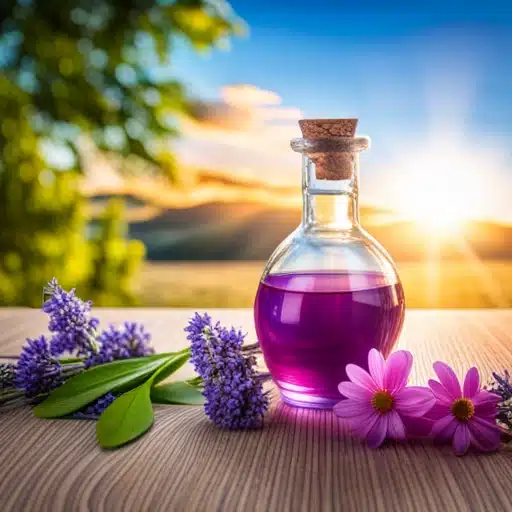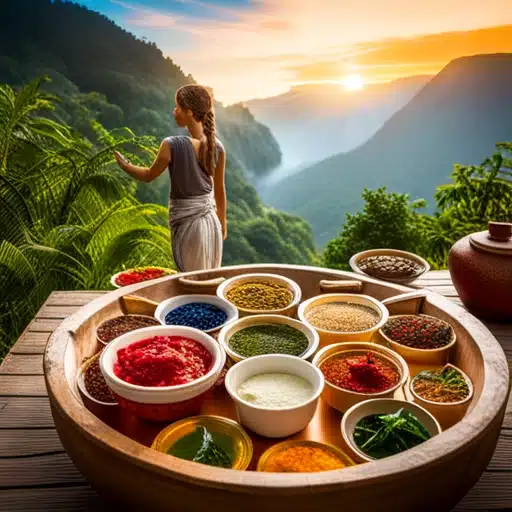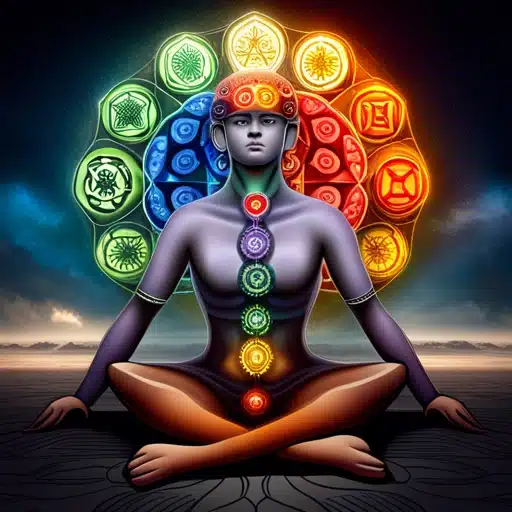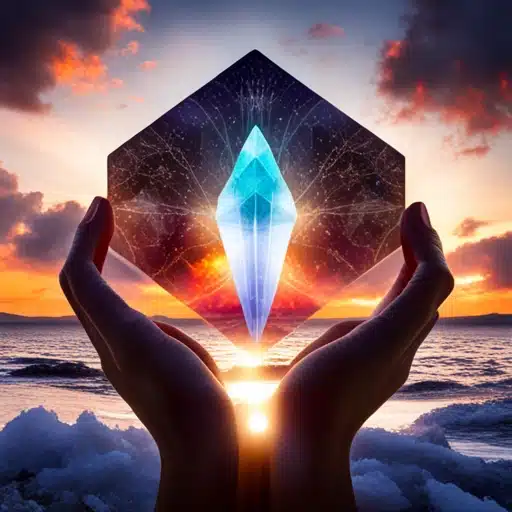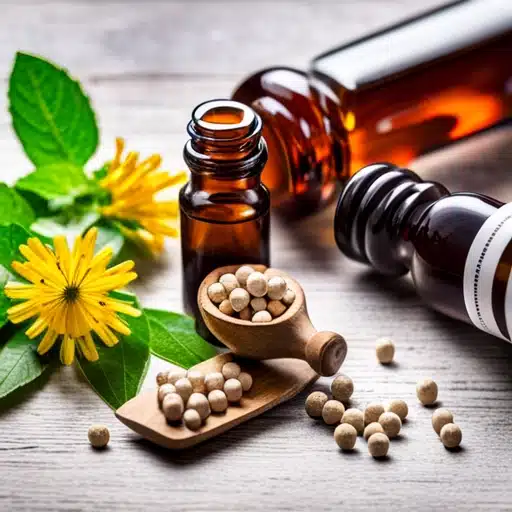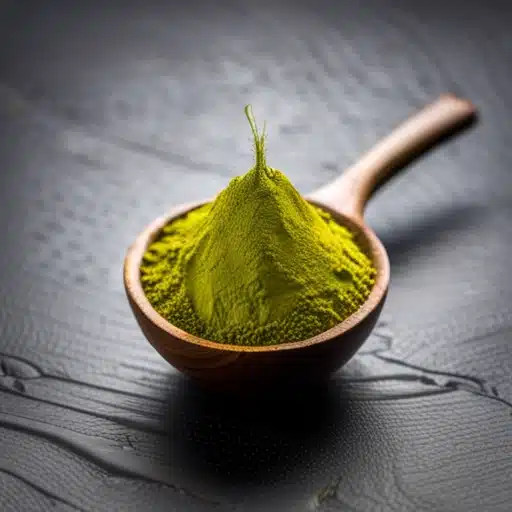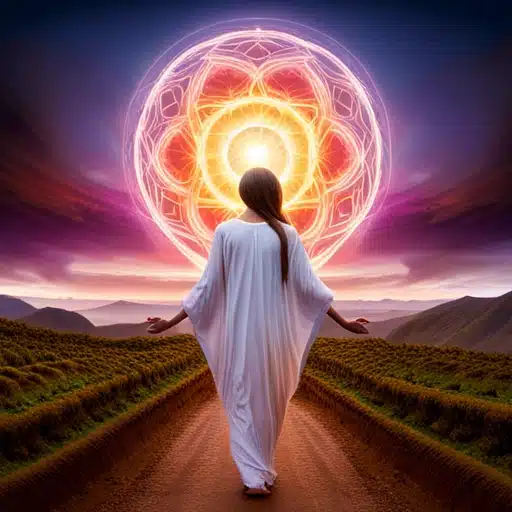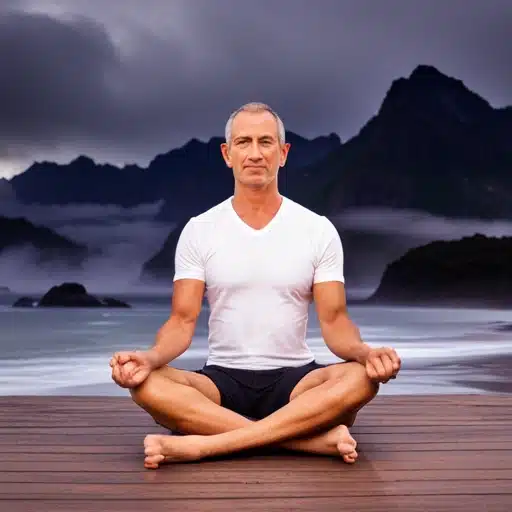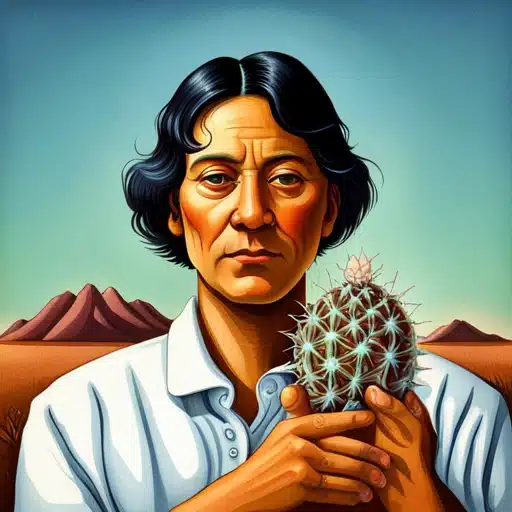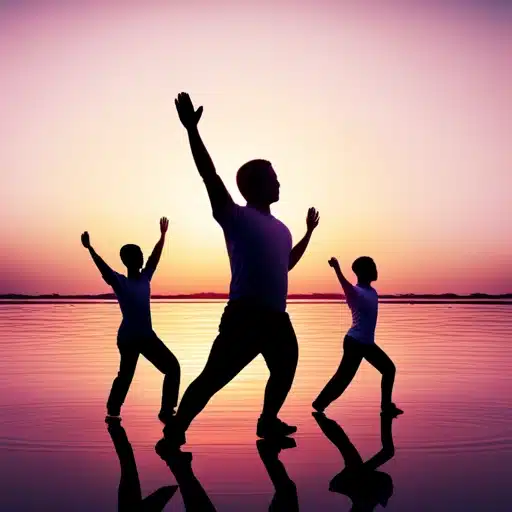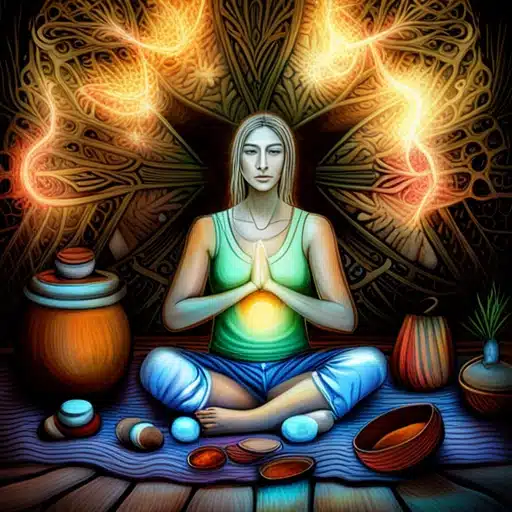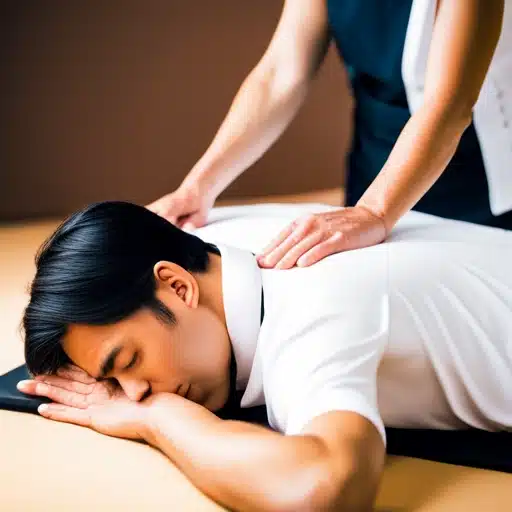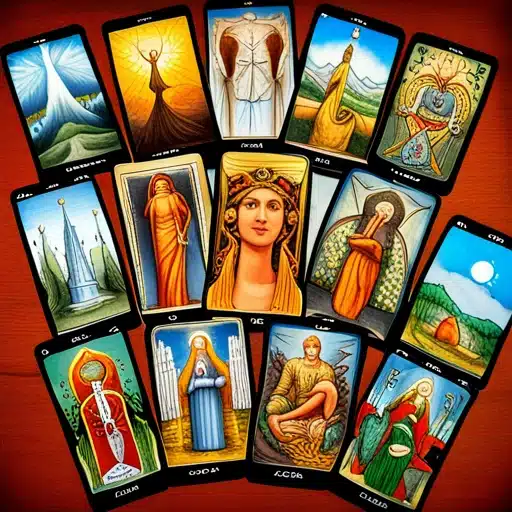Acupuncture is a form of alternative medicine that has been practiced for thousands of years in China and other parts of Asia. It is based on the belief that energy flows through the body along channels called meridians, and that when this energy is blocked or disrupted, it can cause illness and disease.
Acupuncture works by stimulating specific points along these meridians with thin, sterile needles. The needles are inserted into the skin and left in place for a period of time, typically between 10 and 30 minutes. The goal is to restore the flow of energy, or qi, and promote healing and balance in the body.
Acupuncture has been used to treat a wide range of conditions, including chronic pain, anxiety, depression, infertility, and digestive disorders. It is generally considered safe when performed by a licensed practitioner using sterile needles, but there can be some risks, such as infection or injury if the needles are not inserted properly.
Despite some controversy and skepticism, acupuncture has gained acceptance in many parts of the world and is often used in conjunction with other forms of traditional and modern medicine.


